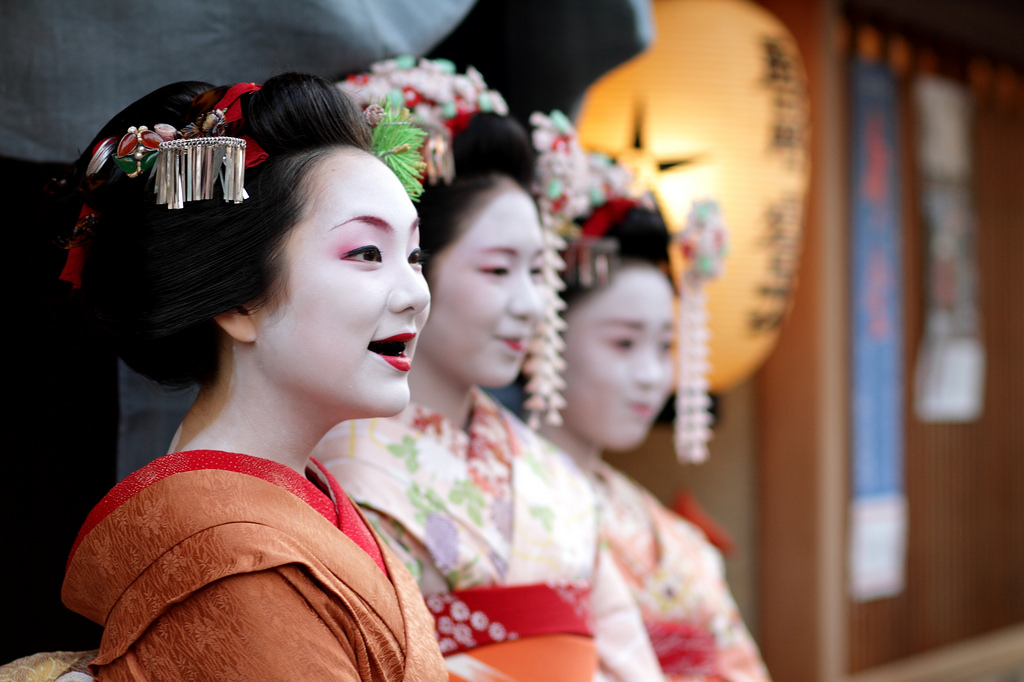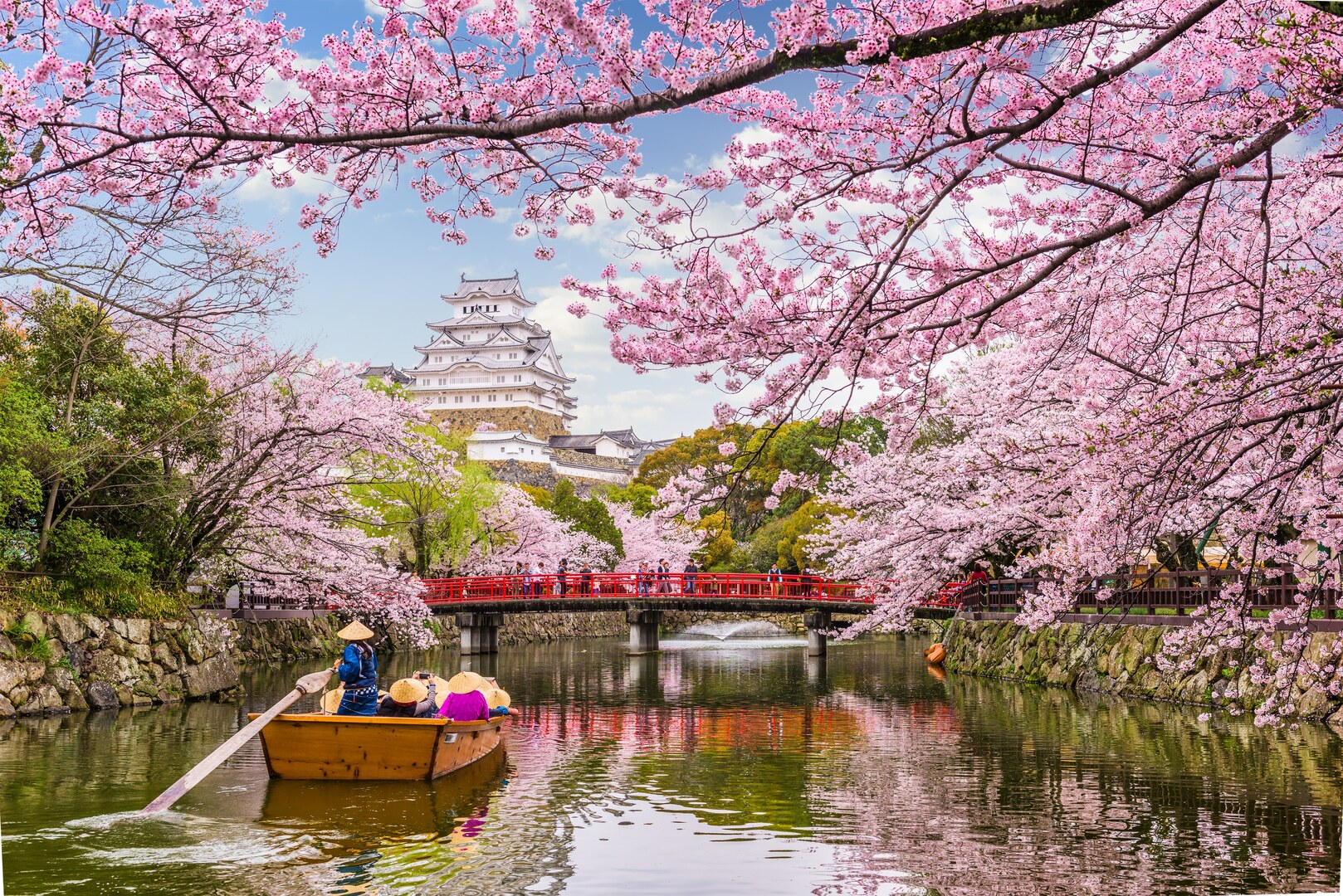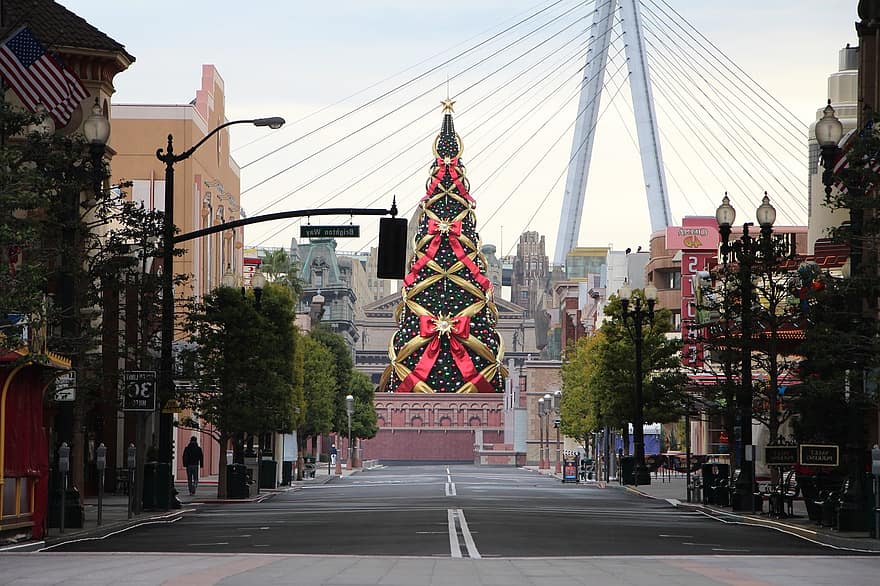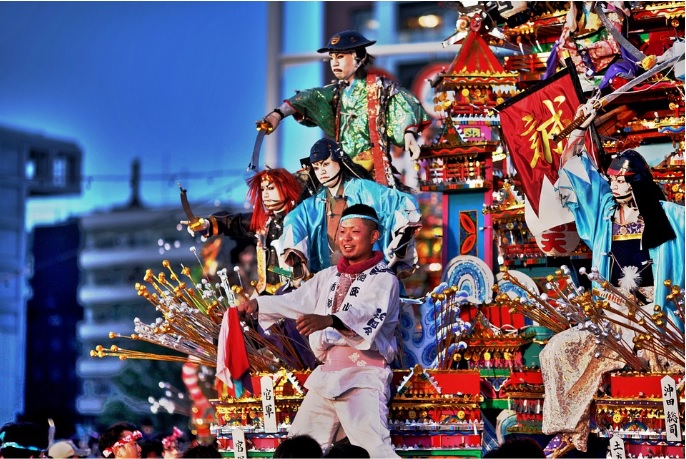
Have you ever wondered why the Asians, particularly in Japan, Philippines, Laos, Vietnam and Thailand, blacken their teeth? While we are obsessed in teeth whitening products and often associate the blackening of teeth to tooth decay and cavities, it is totally different in some tribal groups within these countries. The practice of dyeing the teeth or Ohaguro, serves deeper purpose.
Dyeing the teeth black might have different meaning per country, but it has a dominant symbolism on beauty and maturity as a woman. In Japan, they use a mixture called kanemitsu, which is a combination of iron filing, vinegar, tea, and sake to blacken their teeth. The iron filings are soaked in sake or tea to oxidize, until the liquid turns to black. It will be drunk, which will cause the geisha's teeth to be painted black.
The ohaguro tradition is said to have started earlier than the Heian Period (794 to 1185), among the aristocrats. The women in that era have a basic make-up of almost-white face by using rice powder, and having their lips tinted red; thus, their plain white face makes their teeth look yellower than actually they are. Since then, they decided to blacken their teeth, because it complements their face, and it creates a visual trick that they don't have teeth whenever they smile.
Having that eyecatching smile has also benefits for dental health; it is believed to prevent teeth from decaying. As per the norm, ohaguro also suggests that a woman has already come into age, is sexually mature, or is already married. It also signifies fidelity.
The ohaguro practice ended on 19th century, but still can be seen in traditional stage performances.





